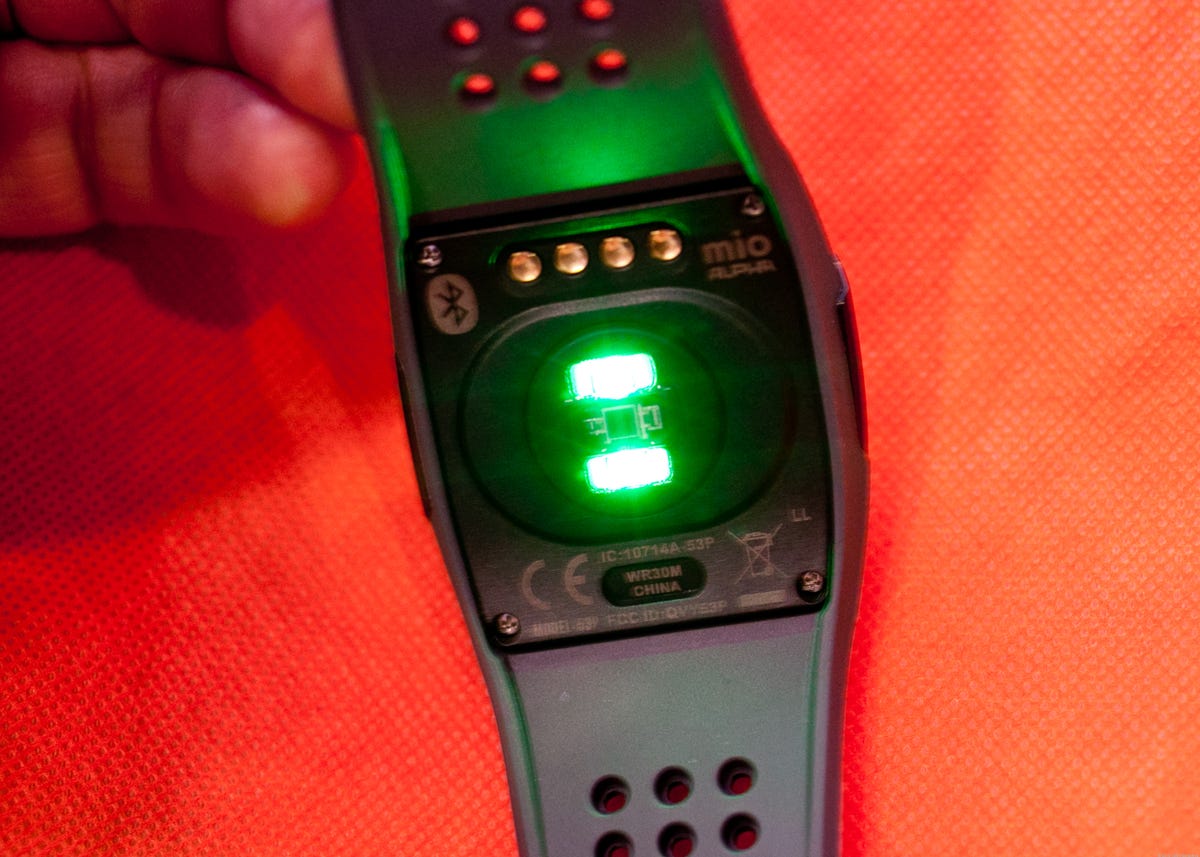BARCELONA, Spain–At MWC 2013, much of the buzz was predictably about new smartphones, tablets, and mobile operating systems. Behind the scenes though, another movement stirred. Gear that places humans and sophisticated technologies in extremely tight proximity, almost approaching the cybernetic, was everywhere.
The cybernetic devices of Mobile World Congress (pictures)






The trend of people integrating computing technology into their daily lives has been with us for decades, but it’s only within the last few years that we’ve really seen a groundswell of these cybertech products. A flood of smartwatches that link to smartphones via wireless Bluetooth connection, many born on Kickstarter, have begun to finally ship.
Here at MWC, the I’m Watch immediately caught my attention. The device is clad in a handsome aluminum chassis and features a large (for a smartwatch) color LCD touch screen. Running a tweaked version of Android 2.1, the I’m Watch promises a lot of capabilities including the ability to display data such as calendar, contacts, weather, plus social networking updates — all from your wrist.


Sarah Tew/CNET
The I’m Watch also has a wide strap that’s not only a bold fashion statement, but is comfortable to wear. The one immediate drawback I see with this device though is it isn’t water resistant. Perhaps customers will eventually treat it with DryWired waterproofing for more piece of mind. That might be a good idea, considering its steep 350 euro price tag.
Another bit of alluring wrist tech I spotted was the Mio Alpha. Similar to the Basis Band, the Alpha wields dual LEDs and an optical sensor array to measure your heart rate. Unlike the Basis (according to Mio that is), the Alpha is more accurate, especially during high-activity workouts. If this is the case, the product should have strong appeal among serious athletes and fitness fanatics.


Sarah Tew/CNET
The other part of the Mio Alpha equation is your smartphone, which the watch communicates with via a wireless Bluetooth connection. When you install third-party apps such as Mapmyrun or Enomondo, you’ll be able to view heart-rate data in real time or record it for review later. Of course, the Mio Alpha also functions as standard digital watch and has a screen that’s viewable in direct sunlight.
Next we take a turn into the incredibly interesting — though somewhat scary — realm of biometric technologies. First is a startup based in Israel called Umoove. Essentially, the Umoove solution enables mobile devices with cameras to watch users’ movements, then interpret these actions into commands. For example, I observed a live demo where a person navigated an iPad’s home screens and apps just by moving their eyes. Simply by gazing at an object on screen, you’ll be able to select and interact with it. Freaky, but very cool.
Even more personal is the EyeVerify security app. Looking like it stepped right out of an old “Star Trek” flick, EyeVerify uses the distinctive vein pattern in an individual’s eye as a password, or PIN if you will. These vein patterns are located at the corners of the eye, so you’ll need to look both right and left to produce a full eye scan. Sure, it’s not exactly a sci-fi retina scan, but it sure beats face recognition, which is the bane of eyeglass wearers like myself.


Now playing:
Watch this:
Eyeprints eye-scanning security tech exposed in video
1:21
We even got a surprise look at the new Google Glass, the most ambitious application of wearable tech yet devised. Indeed, the Google employee wearing the spectacle-style gadget, linked to an LG Nexus 4, unnerved CNET U.K. editor Rich Trenholm greatly. This was particularly the case when the Glass owner began recording video as he spoke, causing a white light on the right eye to illuminate.


Richard Trenholm/CNET UK
If my experiences at MWC 2013 are any indication, the future of cyborg-tech is bright. The question remains if it will reach critical mass and potentially give birth to entirely new product categories. The fabled eyephones of William Gibson’s imaginings come to mind. Another more sinister outcome could be the privacy concerns and risks to personal freedom created by more and more biometric sensors, trackers, and tags finding a home on our bodies.



